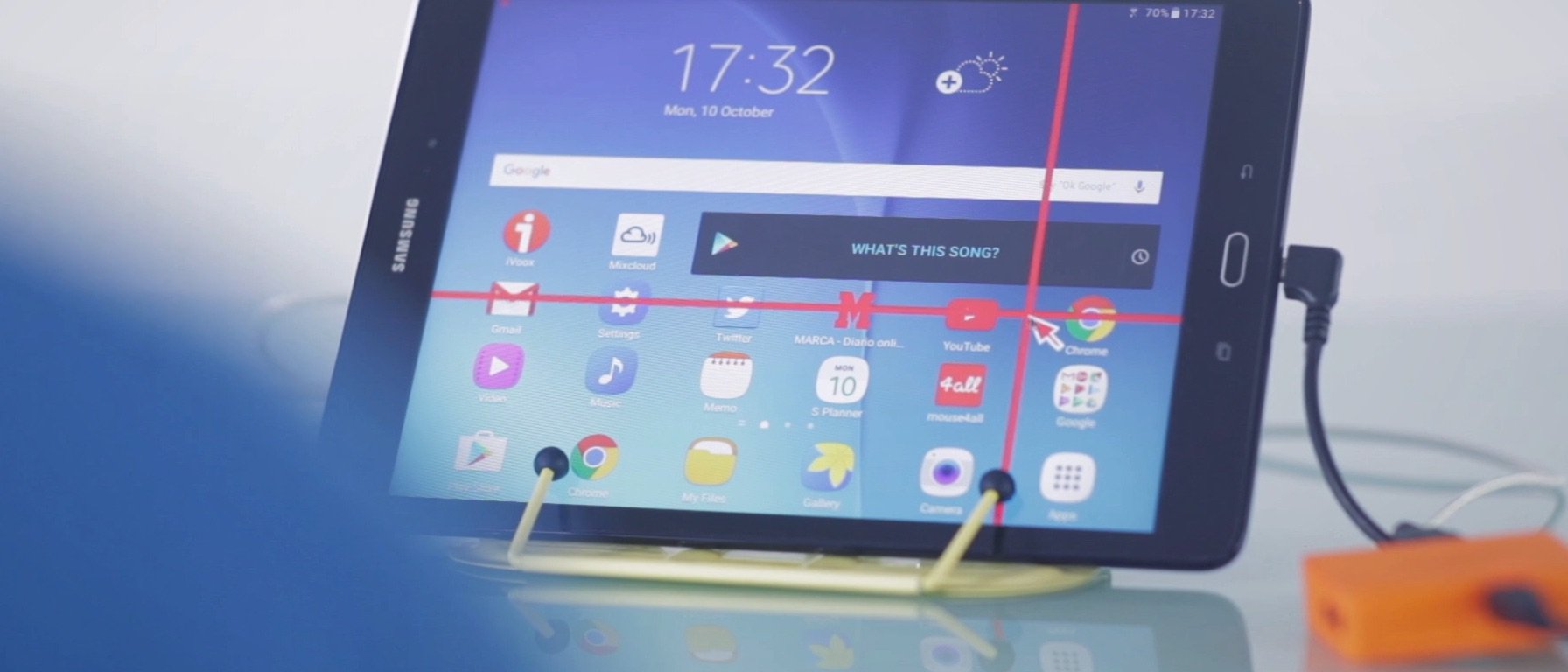2019 Jun 12
Mobile technology has changed our life in the last 10 years. Two thirds of the world population own a mobile phone and according to GSMA, there are now almost 9 billion mobile connections worldwide.
Tablets and smartphones have become a key element in our daily life. They have changed the way in which we communicate with friends and family and the way in which we perceive the world: messaging apps, social networks, online TV or GPS navigation are just a few examples of services that we cannot live without. Being connected anywhere anytime is part of our culture.
But the question remains: is this technology accessible to everyone?
The statistics about disability are also breathtaking. It is estimated that 15% of the world population has at least one type of disability: sensory, physical or cognitive. The numbers are much higher if we consider elderly people and persons with chronic diseases.
Why do we need hands free phones for disabled people?
For persons with disabilities, the mobile revolution has been a turning point. With their smartphone, they are able to take part in society as anybody else. However, the same mobile technology has also brought new challenges for them.
What is the use of a smartphone if you cannot read messages because you are blind or you cannot type on the screen because you have tetraplegia? That is the reason why mobile accessibility is so important. Think of it as the mobile version of a ramp to enter a building or the closed captions of a TV programme.
Although there is still a lot of work to be done, bigger and smaller organisations all over the world are creating tools and apps that make smartphones (more) accessible for all.
In this article, we focus on solutions for hands-free access to phones that are available for disabled persons that cannot use the touchscreen of their device with their hands: persons with cerebral palsy, multiple sclerosis, spinal cord injury, ALS, Parkinson and other neuromuscular disorders. For them, the ability to access to their phones hands-free is of vital importance.
Although accessibility aids are initially thought for persons with disabilities, they can be useful for everyone. Imagine a person carrying shopping bags, driving a car or holding a baby. Here is our overview of the hands free phones or alternative solutions for disabled people that are available today:
Alternative input devices
Some persons cannot use a touch screen, but they can use other input mechanisms such as a mouse, a joystick or a physical keyboard.
Android has supported by default this type of devices since a long time ago using a special USB cable or wirelessly over Bluetooth.
For Apple devices (iPhone and iPad), physical keyboards have been supported from the beginning and mouse support has just been announced.
Switches
For persons with a severe physical disability that cannot use their hands, switch access is a really good alternative. A switch is an assistive technology device that behaves like a button. It has many shapes and sizes and it can be activated with any part of the body where the user keeps controlled movement: the back of the head, the chin, the foot, a finger, the knee, etc. Just by clicking the switch, the user can access any functionality in her smartphone and use any installed app.
Both Android with Switch Access and iOS with Switch Control support switches.
There are companies like us, Mouse4all, Easeapps, Sesame Enable and Tecla that build apps and assistive technology devices to improve the off-the-shelf switch support of Android and iOS.
Watch this short video to see the Xbox Adaptive Controller (a new switch device created by Microsoft) in action with Android.
Voice
Although not every person with a physical disability can talk, many can use their voice to interact with their smartphone without touching the screen. We have seen lately the rise of voice assistants: Alexa, Google Assistant, Cortana, Siri or Viv to name a few.
Some of them have even implemented their own dedicated devices (Amazon Echo, Google Home, Apple HomePod).
However, they can also be accessed directly from a smartphone to manage the device (open an app, call a contact, watch a video or send a text message).
Have a look at the options of your specific device and you will be amazed.
OK google, what can you do?


